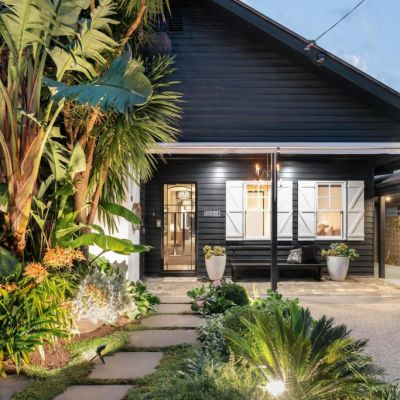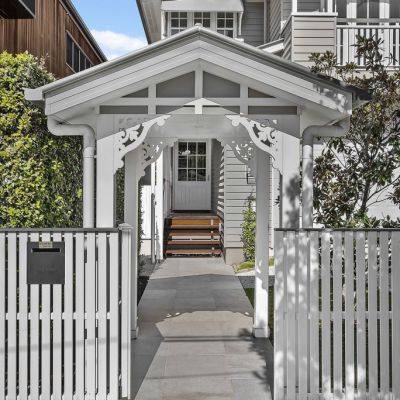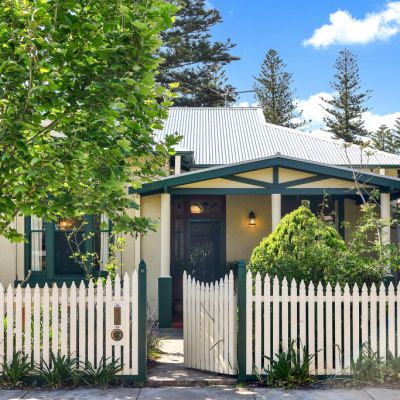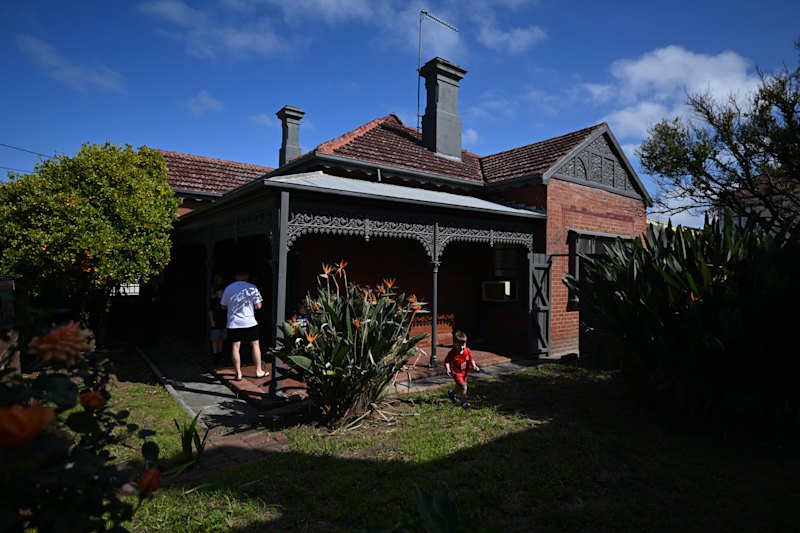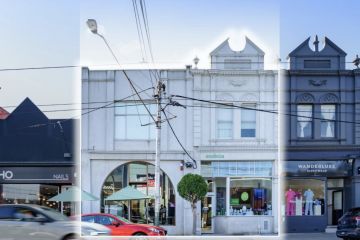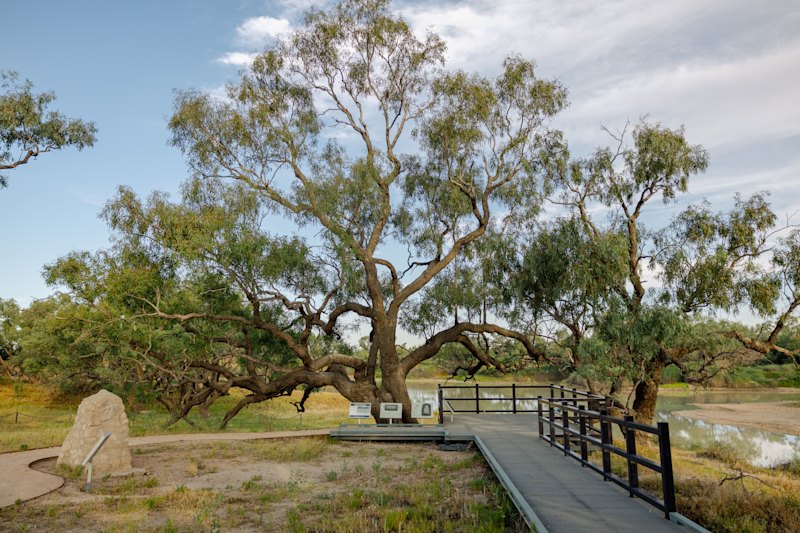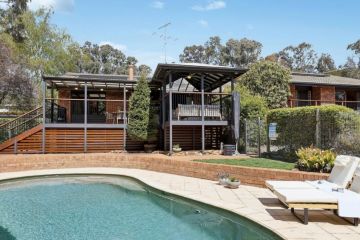Australia's new homes supply target tough but not unattainable, summit told
Australia’s housing crisis is posing one of the country’s most critical social and economic challenges ever, but steady progress is being made to ease the emergency, a housing national summit has been told.
Although many remain sceptical that the federal government’s five-year target of 1.2 million more houses will be met, most experts believe significant advances are underway.
Housing Minister Clare O’Neil told the Australian Financial Review’s annual Property Summit on Monday that the government was determined to play a proactive role in increasing the housing supply and removing some of the impediments for the future.
“Australia is in the middle of a housing crisis that’s been cooking for a generation,” she said. “Virtually every year, housing becomes less affordable, where the cost has gone from four times the average income from the turn of the century to eight times the average income now.
“We simply haven’t been building enough housing in this country compared to other countries around the world. We build less annually than Europe, the UK and Canada, and Australia now has among the least housing per population in all the OECD countries.”
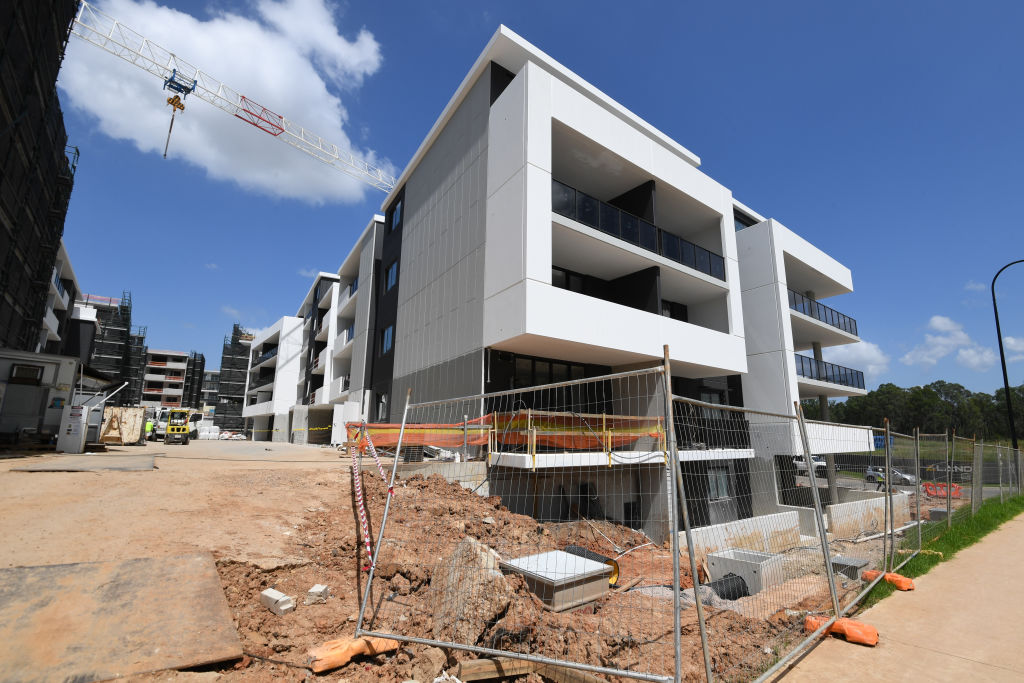
O’Neil said all levels of government are now being held to the targets and made accountable for them. In addition, the federal government is also tackling the chronic shortage of construction workers by streamlining the migration system for skilled workers, encouraging more apprenticeships and strengthening vocational training in the hope of improving stagnant construction productivity.
In addition, efforts are being made to speed up the planning and rezoning systems and give more support to renters.
Property Council of Australia chief executive Mike Zorbas said the new housing targets would significantly increase supply.
“There’s been no leadership for a long time but now that [state] premiers have signed up to targets there’s now a spotlight on them meeting them,” he said.
“There are some positive signs coming in from the changes, but even if they’re put into practice today, we’re still going to have a lag before more supply comes on board.”
He worries that Big Build projects in Victoria are absorbing much of the available construction workforce, while in Sydney, a lack of infrastructure in terms of water and electricity utilities is putting a handbrake on fringe and regional development.
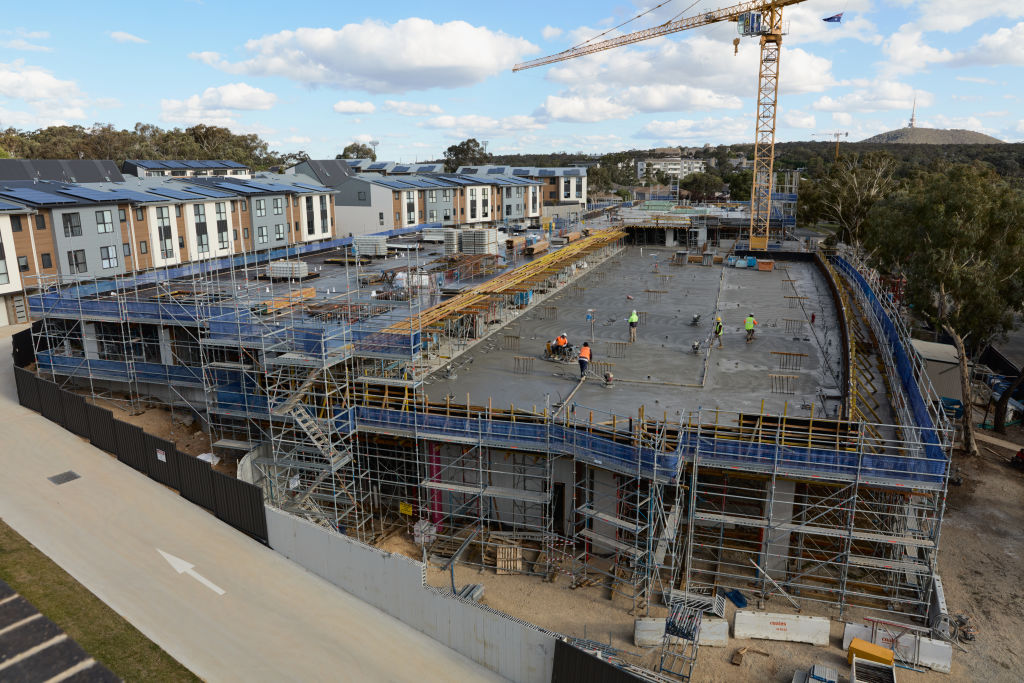
Domain chief of research and economics Dr Nicola Powell said new homes to both buy and rent were critical to abating the struggles many are facing with record rents.
While Sydney and Melbourne had record levels of new listings in August, other cities like Adelaide, Perth and Brisbane are struggling with a supply 30-40 per cent lower than their five-year average.
“But while we’re seeing a rebalancing of choice in Sydney, we still have a median house price of over $1.6 million and there are many who can’t afford that,” she said.
Powell said she would like to see a raft of measures to address the crisis, including rethinking stamp duty, which provides a barrier to first-home buyers and to existing owners who’d like to right-size or downsize into smaller, more suitable homes to free up big family homes. She also believes some of the controls on overseas investors should be eased.
“Foreign investment plays a huge role in partnerships and getting developments off the ground,” she said. “I would also like to see reduced taxation. Some estimates say that tax today makes up 20-40 per cent of the value of a home.
“If we reduce that tax element, buyers will be better able to afford homes, and that will help create more supply. If we make new homes exempt from GST, that will go some of the way to reduce costs.
“And we need more innovation, using robotics, AI and prefabricated homes. In the UK, prefabricated homes, made in a controlled environment and put together much more quickly, are being used to build entire suburbs.”
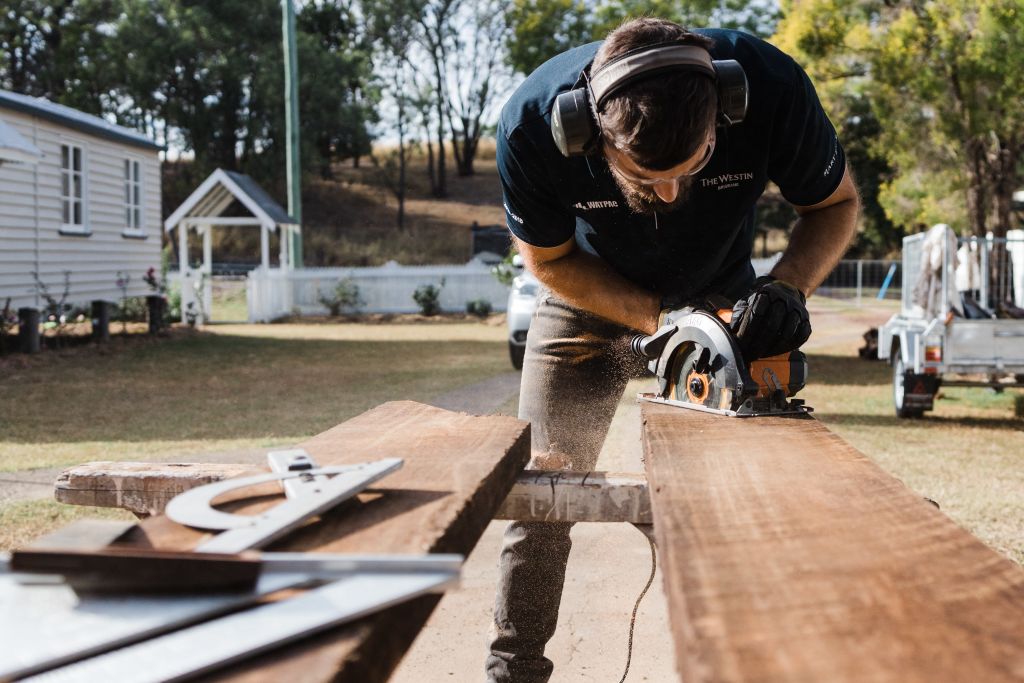
There are other measures that could be employed to relieve the shortage of skilled construction workers too, believes Denita Wawn, chief executive of Master Builders Australia.
“I’m not going to suggest that there’ll be a specialised migration class but we could support some of those already in the country,” she said.
“I’ve met so many Uber drivers and AV technicians who are electrical engineers, plumbers and electricians, but it’s taking them 12-18 months and between $10,000 and $15,000 to have their qualifications recognised in this country. I’d like to see a better system for that.”
Many developers couldn’t get the numbers to stack up on new developments, either, Wawn said. A big part of that is that they’re often expected to pay for utility costs in addition to land and building costs.
Holding costs were also a problem, said Leanne Pilkington, the president of the Real Estate Institute of Australia, particularly at a time of such high interest rates, steep construction costs and the lack of skilled trades. “Then the amount of time it takes to get through planning systems is an additional problem,” she said.
The hope that superfunds might invest heavily in housing, particularly in the build-to-rent sector, had also come to nothing.
“Superfunds have to act in the best interests of their members, and they usually have a return of 8-9 per cent,” said Pilkington. “Housing returns are what, 3 per cent? So, there have to be government incentives to assist them.”
At least having local and state authorities on the same page as the federal government is most helpful, said Tony Lombardo, the group chief executive and managing director of Lendlease.
“Investment is driven by certainty,” said Lombardo. “The issue for Australia is that we are such a fragmented market and that’s a problem because the investment we need isn’t there. But if we have the three layers of government working together with the right incentives, that’s very helpful.”
Getting rid of stamp duty is also a move favoured by David Hyman, the chief executive of Lendi Group. “The biggest impediment to downsizing is often stamp duty, and there’s a big opportunity there,” he said. “It’s clearly no silver bullet, but Baby Boomers have a lot of equity tied up in their properties, and there are products being developed to help them realise this asset.”
The full-day AFR Property Summit on the residential sector heard from 23 experts in development, construction, government and special interest groups. While everyone had their own thoughts about how to produce more affordable housing, Domain chief executive and managing director Jason Pellegrino said he was impatient for action.
“We know how to solve this housing crisis, but we aren’t doing it,” he said. “Of course, the solutions are complex and we need all levels of government to work together and all pull in the same direction, but it’s an execution problem rather than an ideas problem.”
We recommend
States
Capital Cities
Capital Cities - Rentals
Popular Areas
Allhomes
More
